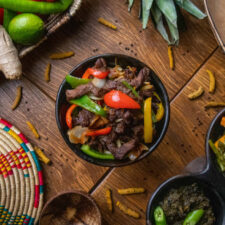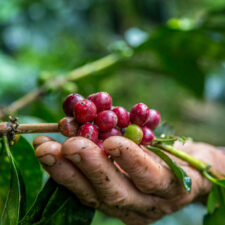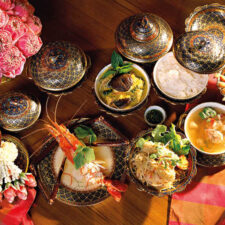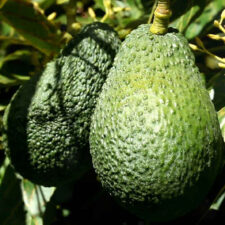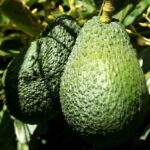Tea, the world’s second most consumed beverage after water, has a rich and storied history that spans millennia, cultures, and continents. From its mythical origins in ancient China to its central role in the British Empire and its modern-day status as a beloved global drink, tea’s journey is as complex and varied as the flavors it offers.
The Mythical Beginnings in Ancient China
The story of tea begins in China, where legend attributes its discovery to Emperor Shen Nong in 2737 BCE. As the tale goes, the emperor was boiling water in the shade of a wild tea tree when a few leaves blew into his pot. Intrigued by the resulting infusion, Shen Nong took a sip and found it refreshing. This serendipitous moment is said to have marked the birth of tea.
Whether this legend is fact or fiction, historical evidence confirms that tea was being consumed in China as early as the 3rd century CE, initially as a medicinal drink. The Chinese text “The Classic of Tea” (Cha Jing), written by the Tang Dynasty scholar Lu Yu in the 8th century, provides the first detailed account of tea cultivation, preparation, and consumption. Lu Yu’s work elevated tea from a humble beverage to an esteemed cultural practice, embedding it in the rituals and traditions of Chinese society.
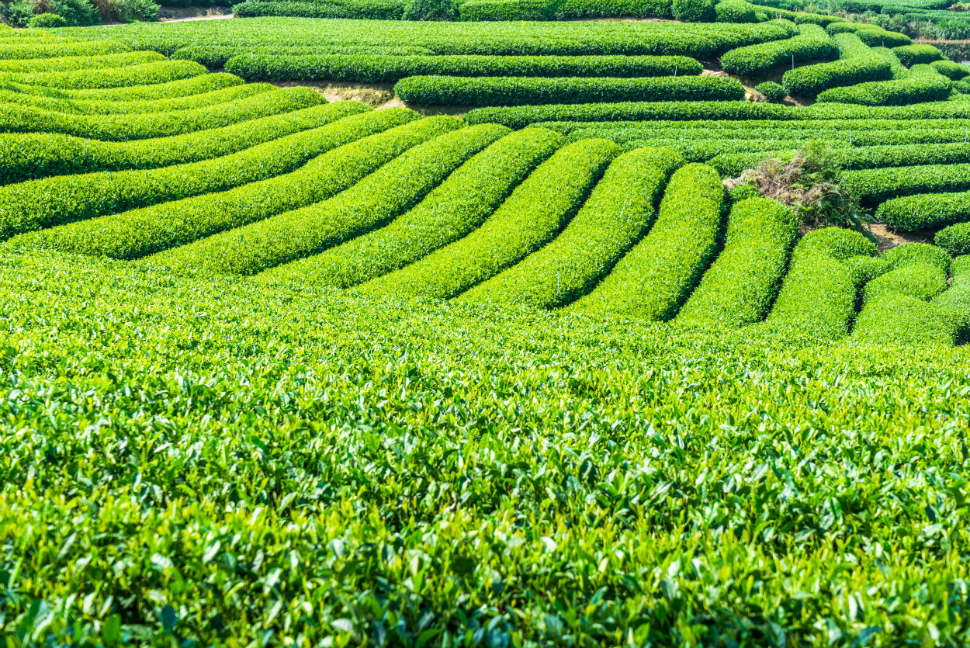 Image by fanjianhua on Freepik
Image by fanjianhua on Freepik
The Spread of Tea Across Asia
Tea’s popularity quickly spread beyond China’s borders. By the 6th century, tea had made its way to Japan, where it was embraced by Buddhist monks for its meditative properties. The Japanese tea ceremony, known as “Chanoyu,” evolved during this period, becoming a highly ritualized art form that emphasized harmony, respect, purity, and tranquility.
Meanwhile, tea also traveled along the Silk Road, reaching Central Asia and the Middle East. In these regions, tea became a symbol of hospitality, offered to guests in intricate ceremonies that continue to this day.
The Arrival of Tea in Europe
Tea’s journey to Europe began in the early 17th century, when Portuguese and Dutch traders brought the exotic leaves from China to European shores. At first, tea was a luxury item, reserved for the aristocracy and sold in apothecaries for its purported health benefits. However, as trade routes expanded and tea became more accessible, its popularity soared.
In England, tea was introduced in the 1660s and quickly became a national obsession. The marriage of King Charles II to Catherine of Braganza, a Portuguese princess and avid tea drinker, helped to popularize the beverage among the English court. By the 18th century, tea was an integral part of British life, enjoyed by all social classes and often accompanied by elaborate rituals like afternoon tea.
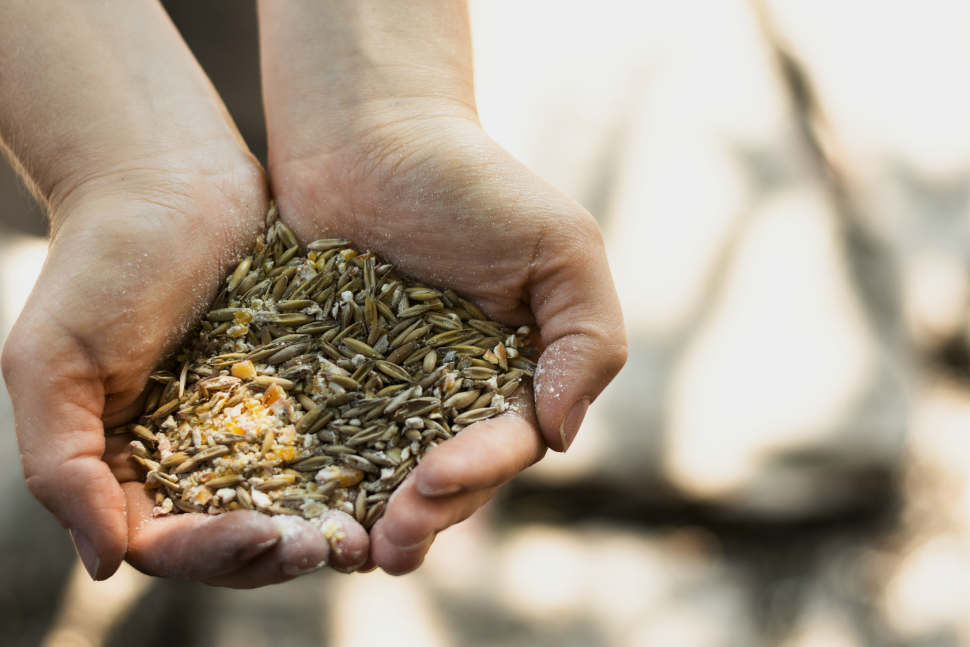 Image by fanjianhua on Freepik
Image by fanjianhua on Freepik
Tea and the British Empire
The British Empire played a crucial role in the global spread of tea. As demand for tea grew, Britain sought to break China’s monopoly on its production. This led to the establishment of tea plantations in India, particularly in Assam and Darjeeling, during the 19th century. The East India Company also facilitated the opium trade with China to fund its tea purchases, a practice that eventually led to the Opium Wars and the subsequent opening of China to international trade.
Tea’s centrality to British culture was further cemented by the Boston Tea Party in 1773, a pivotal event in American history. Colonists, protesting the British tax on tea, famously dumped an entire shipment of tea into Boston Harbor, sparking the American Revolution and forever linking tea to the struggle for independence.
The Globalization of Tea
In the centuries that followed, tea continued to spread across the globe, adapting to local customs and tastes. Today, tea is cultivated in over 60 countries, with China, India, Kenya, and Sri Lanka among the largest producers. Each region has developed its own unique tea culture: from the strong, milky chai of India to the minty sweetness of Moroccan tea, the smoky flavor of Russian samovar tea, and the delicate, aromatic green teas of Japan.
In recent years, tea has seen a resurgence in popularity, fueled by a growing interest in health and wellness. Tea’s antioxidants, particularly in green and white teas, have been lauded for their potential health benefits, including improved heart health, weight management, and even cancer prevention.
Conclusion: Tea Today and Tomorrow
Tea’s enduring appeal lies in its versatility. Whether enjoyed as a comforting daily ritual, a meditative practice, or a social occasion, tea continues to evolve and inspire. As consumers become more conscious of the environmental and ethical implications of their choices, the future of tea may lie in sustainable farming practices and fair trade initiatives.
From its legendary beginnings in ancient China to its status as a global commodity, tea has woven itself into the fabric of human history. As we sip our cups, we are participating in a tradition that spans thousands of years, connecting us to cultures and civilizations across time and space. In every leaf lies a story, steeped in history and flavored with the essence of human experience.
Tags: gastronomy, Timeless Tale of Tea

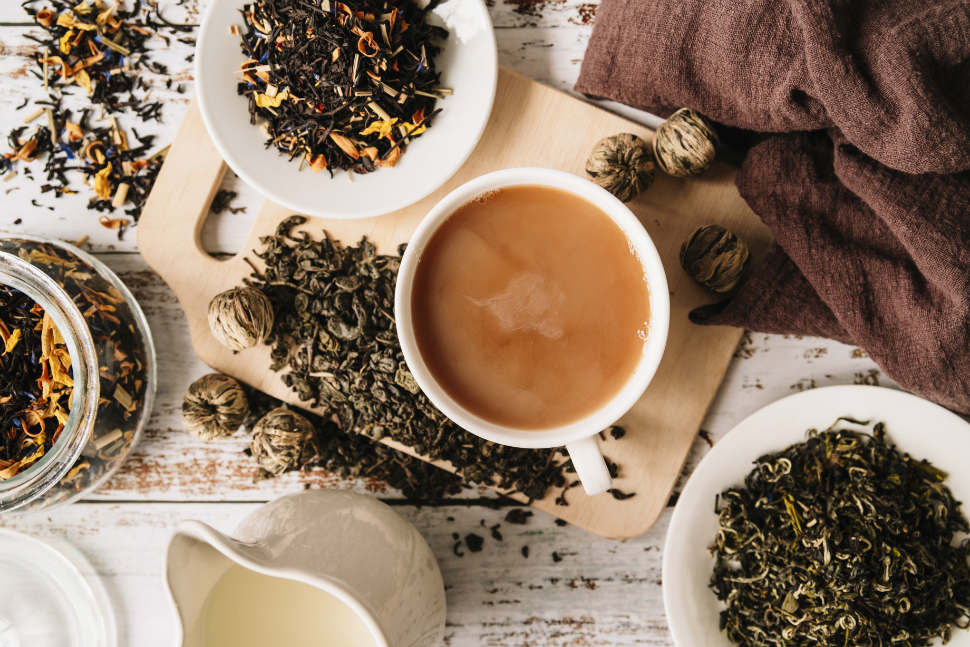
 Share On Facebook
Share On Facebook Tweet It
Tweet It


